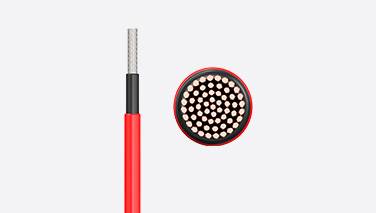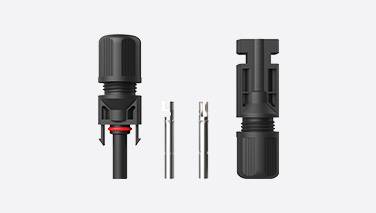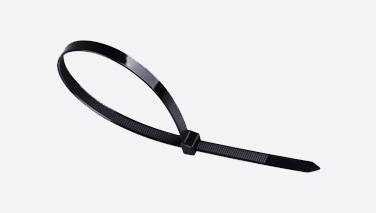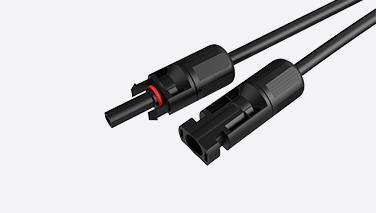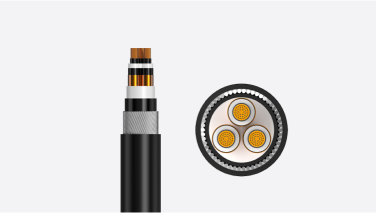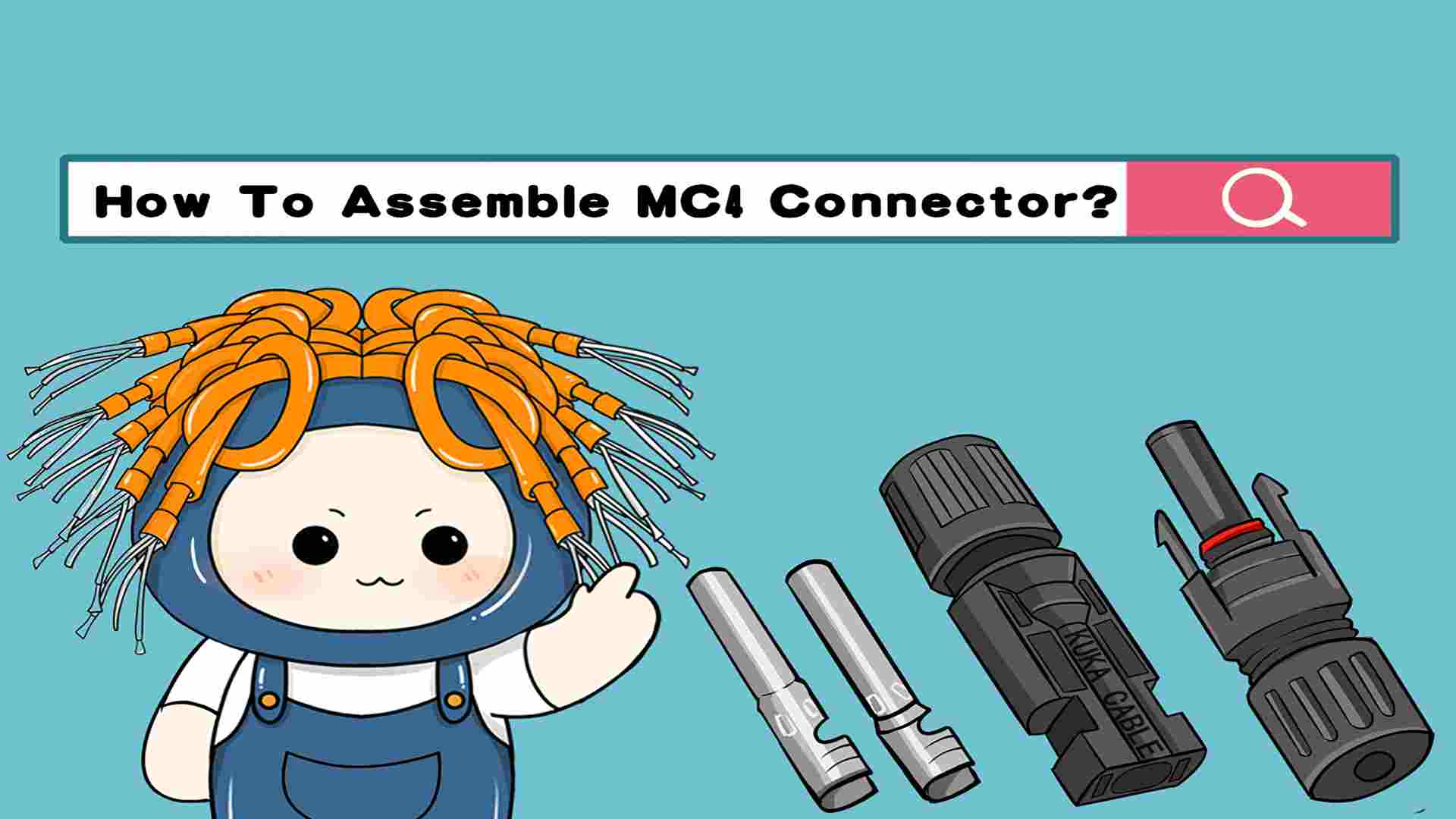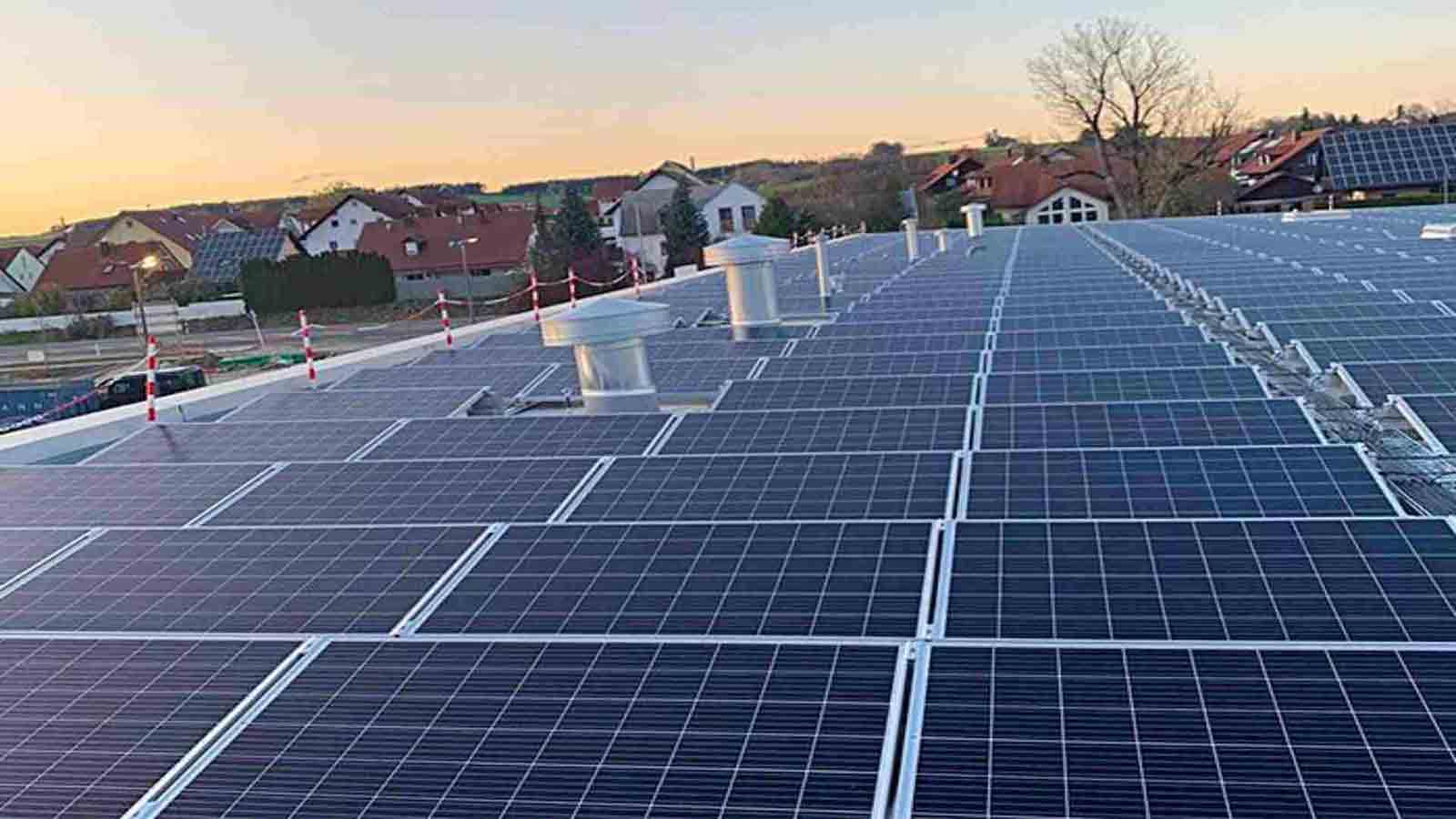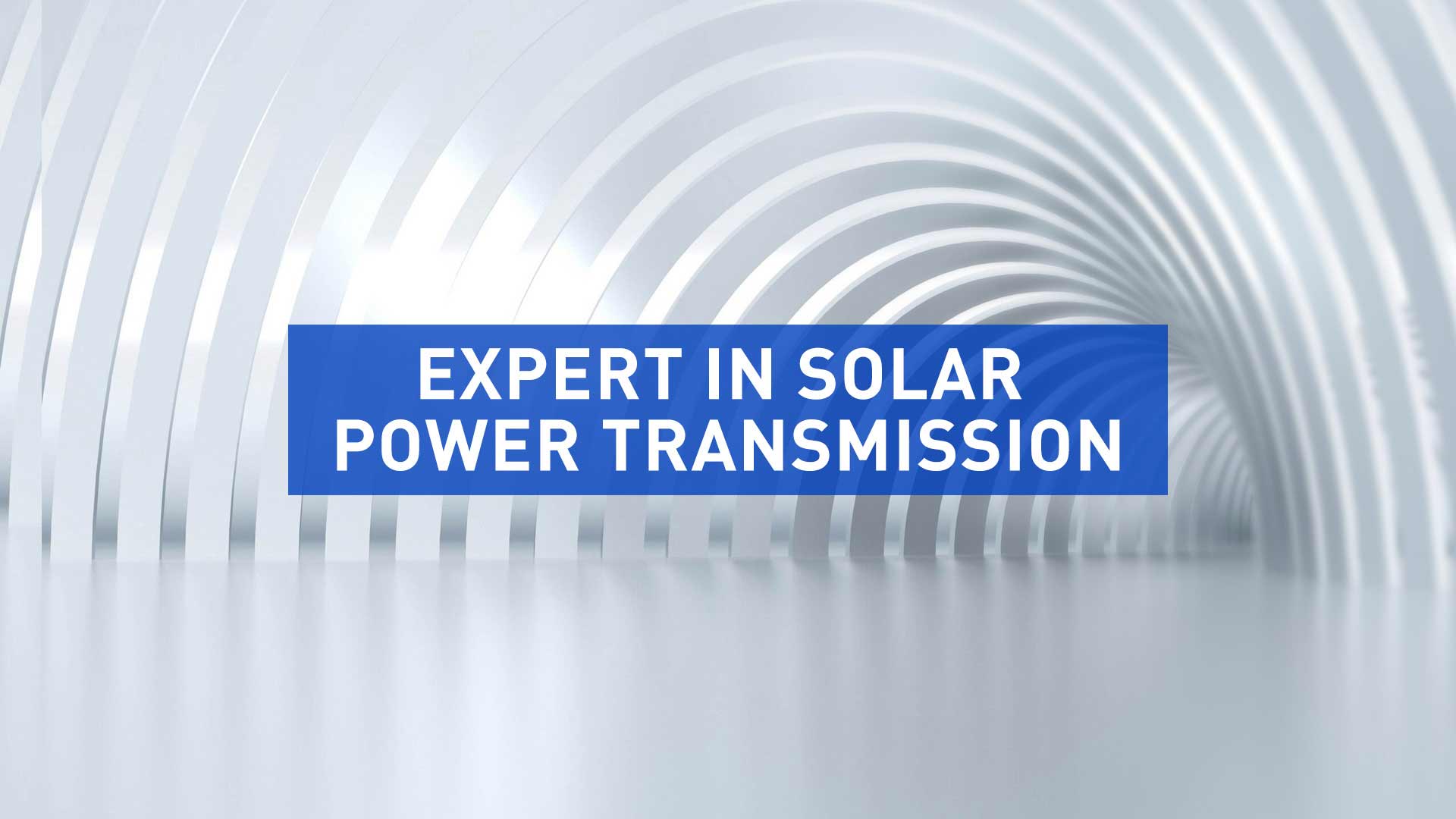A Guide to the Daily Maintenance and Care of PV Cables
MARCH 18ST,2025
A Guide to Maintaining and Caring for PV Cables
PV cables are vital components of solar power systems, ensuring efficient energy transfer between solar panels, inverters, and other system elements. Proper maintenance of these cables is critical to safeguarding system performance, longevity, and safety. Below are essential steps to keep your PV cables in optimal condition.
1. Conduct Regular Visual Inspections
Begin with routine visual checks to identify early signs of wear or damage. Focus on:
Insulation integrity: Look for cracks, cuts, or abrasions on the outer layer. UV exposure and weather extremes can degrade insulation over time.
Connectors and terminals: Inspect for corrosion, looseness, or physical damage. Poor connections can lead to voltage drops or fire hazards.
Protective sleeving: Ensure sleeves or conduits remain intact and securely fastened to shield cables from environmental stressors.
2. Clean Cables Periodically
Dirt, dust, and debris accumulation can compromise insulation and invite moisture. Follow these cleaning practices:
Use a soft brush or dry cloth to remove loose particles.
For stubborn grime, wipe cables gently with a damp cloth and mild detergent. Avoid abrasive tools or harsh chemicals.
Ensure cables are completely dry after cleaning to prevent moisture-related corrosion.
3. Secure Loose Connections
Loose terminals and connectors are common culprits for system inefficiency or failure. During inspections:
Tighten connections at junction boxes, inverters, and solar panel terminals.
Check for signs of overheating, such as discoloration or burn marks, which may indicate poor contact or electrical arcing.
4. Monitor Environmental and Physical Wear
PV cables face threats from both natural elements and physical interference:
Weather damage: Prolonged UV exposure can cause insulation brittleness. Use UV-resistant cables and replace any with visible cracks.
Abrasion: Ensure cables are not rubbing against sharp edges or other surfaces. Secure them with clips or ties to minimize friction.
Pest prevention: Rodents and insects may chew on cables. Install rodent-proof conduits or metal sheathing in vulnerable areas.
5. Manage Temperature Exposure
Extreme temperatures can degrade cable performance:
Avoid routing cables near heat sources (e.g., exhaust vents) in hot climates.
Use cables rated for extreme temperatures if installed in regions with severe heat or cold.
Investigate overheating immediately, as it may signal overloading, faulty wiring, or undersized cables.
6. Replace Damaged Cables Promptly
Never delay replacing compromised cables:
Swap out cables with cracked insulation, exposed conductors, or burn marks.
Always use certified replacements (e.g., IEC 60502, UL 4703) to ensure compliance with safety standards.
7. Schedule Professional Inspections
While routine checks are essential, enlist a certified technician annually or after extreme weather events for:
Electrical testing: Measure insulation resistance and continuity.
Thermographic scans: Detect hotspots caused by loose connections or overloads.
System efficiency audits: Identify hidden issues affecting overall performance.
Conclusion
Proactive maintenance of PV cables minimizes downtime, enhances safety, and extends the lifespan of your solar power system. By integrating these practices into your routine, you ensure reliable energy generation and contribute to long-term sustainability. Regular care today translates to years of efficient, trouble-free operation tomorrow.
This structured yet concise format provides actionable steps while emphasizing the importance of each maintenance task.



